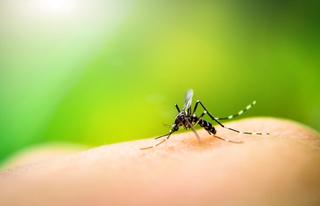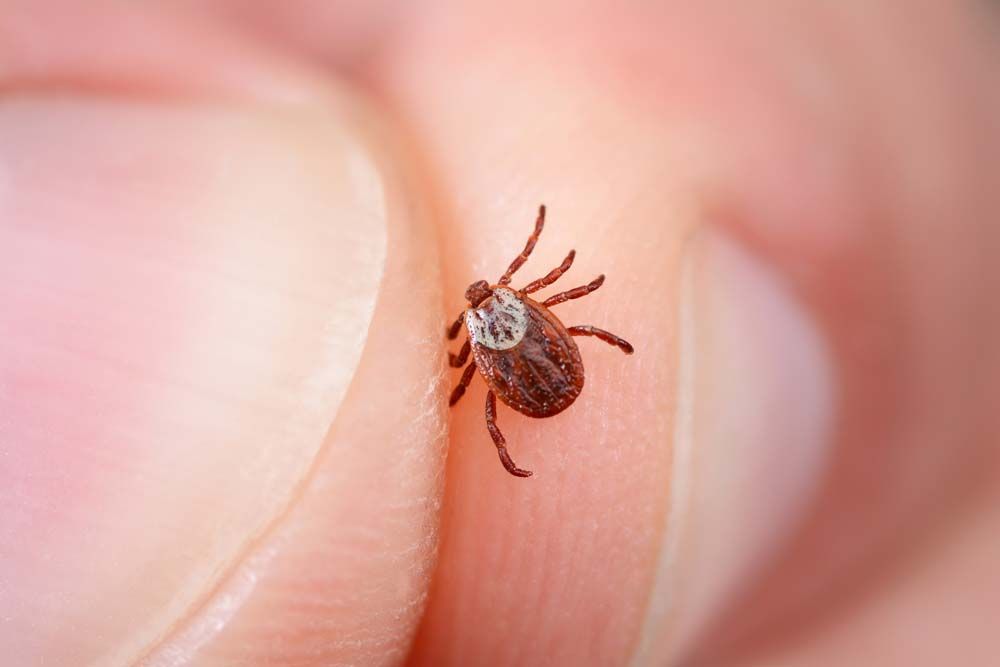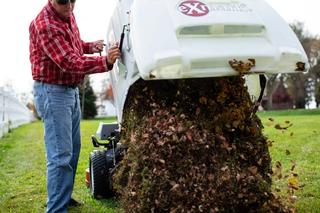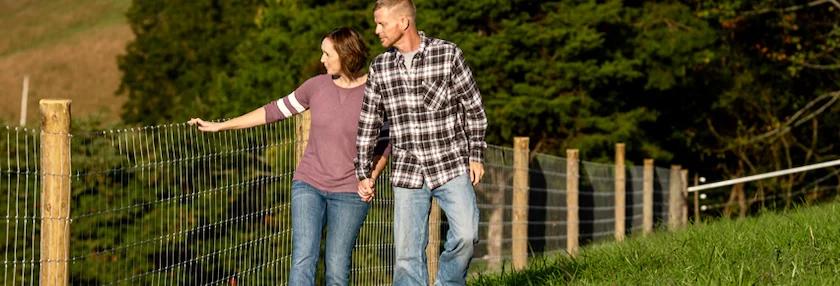Out With the Cold: Putting Your Winter Equipment to Sleep for the Summer
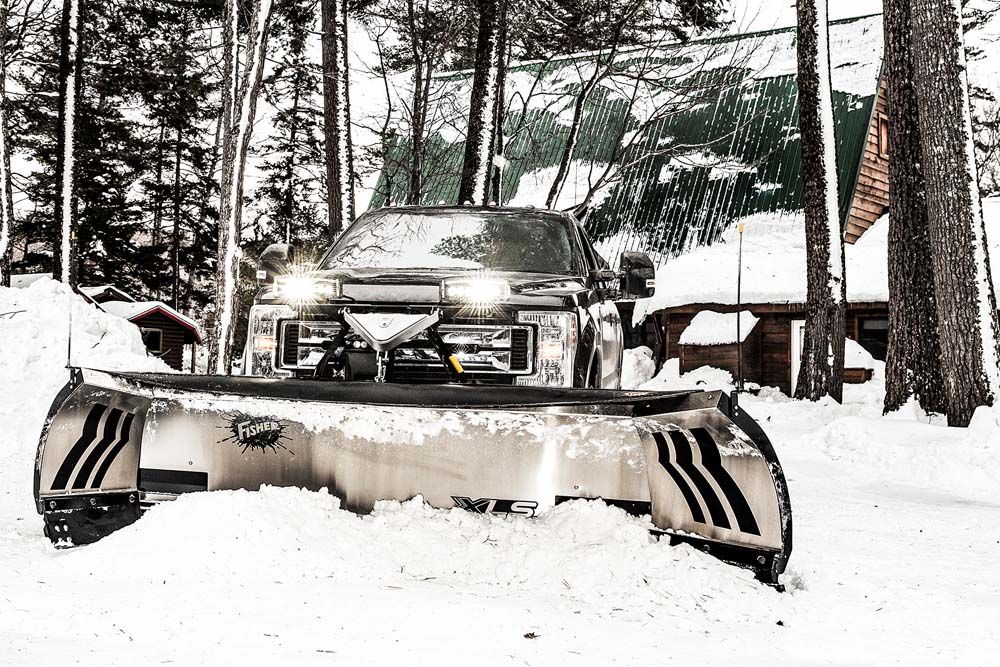

As much as we’d like to plow snow year-round, winter for most of us will come to an end at some point. And when seasons change, we have to adapt, too. The plows and spreaders go into hibernation for the summer, and you bring out your other equipment to get you through the spring, summer, and fall.
But keep this in mind: You will need it again in eight or nine months, so there are some key tasks you can do now to help ensure that when winter arrives again, your plows and spreaders are ready to take care of business.
Most of these tasks are simple, inexpensive, and will add years to the life of your equipment.
Give it shelter
First, store your plow or spreader in a sheltered place, out of the elements and sun, and preferably on a concrete—or at least a gravel—surface. Heat, cold, and moisture can all take a toll on hoses, fittings, electronics, and plow powder coatings. And as they wear down, they break down, often requiring replacement—which in the worst cases can be years before their time—as corrosion destroys the vital structure of your plow or spreader.
Don’t tarp it
Please note that “shelter” does not translate to “Put a tarp on it.” In fact, placing a tarp over your plow or spreader traps moisture and heat, which can cause damage. Even if you are protecting it from UV exposure, remember that ventilation is just as important.
Wash it clean
Above and beyond location-specific measures, there are things you can do to extend the life of your equipment, so make sure that your plow or spreader is well washed before you leave it alone for the next several months. It’s been bathed in salt and other corrosive materials, so you will need to make sure it’s clean and dry before you step away for the summer.
Top it off
For plows, make sure the hydraulic fluid is topped off. Pockets of air in the system will lead to condensation and then water inside, corroding your system from the inside out. For the cost of less than a quart of fluid (unless you’ve really been neglecting your maintenance) you can avoid valve and fitting replacements next fall.
Get it in proper position
In order to keep your plow’s hydraulic system healthy, either fully angle (for a straight blade plow) or fully retract the wings of a V or wing plow. The idea here is to put as much of the chrome piston inside the ram where it is protected from corrosion and pitting. The remaining exposed section of piston can be coated in a layer of oil or grease.
Give it a nice coat of grease
Before applying grease to electrical components, make sure to carefully clean all the electrical connections, removing any dust, dirt and any build-up. While greasing, coat all electrical connections with dielectric grease, available at your hardware store. This protects vital electrical connections and ensures that come fall, your equipment will act the way you want it to. Basically, if it’s susceptible to corrosion, or “might” be, put something on it to protect it.
At this point, your plow or spreader has been “summer-ized”. We can’t guarantee that nothing bad will happen in those 7 or 8 months, but we do know from experience that to help your equipment last longer, “summer-izing” it is crucial.
For more information or if you have questions on how to protect your plows and spreaders in the summertime, don’t hesitate to ask your local certified dealer.
Tags:Seasonal Living

Acreage Life is part of the Catalyst Communications Network publication family.








